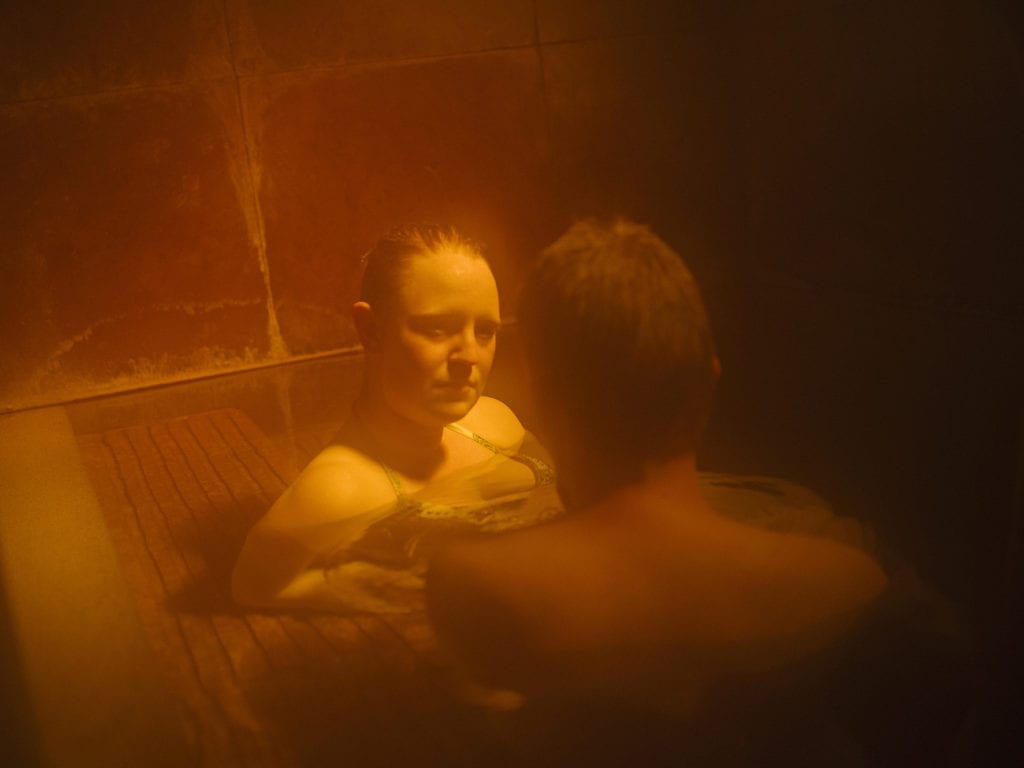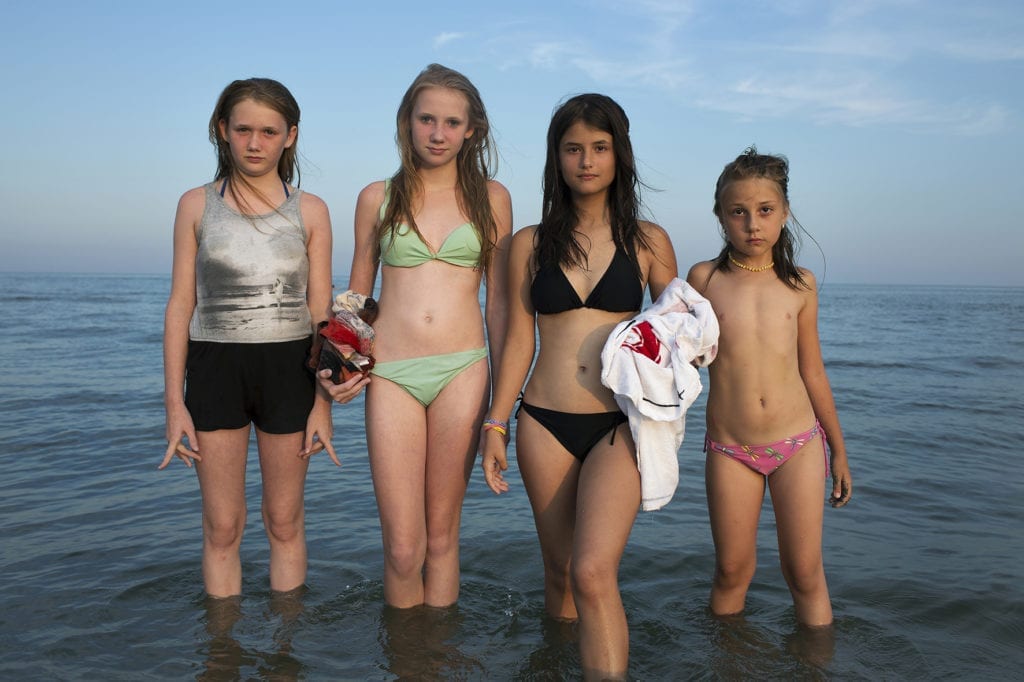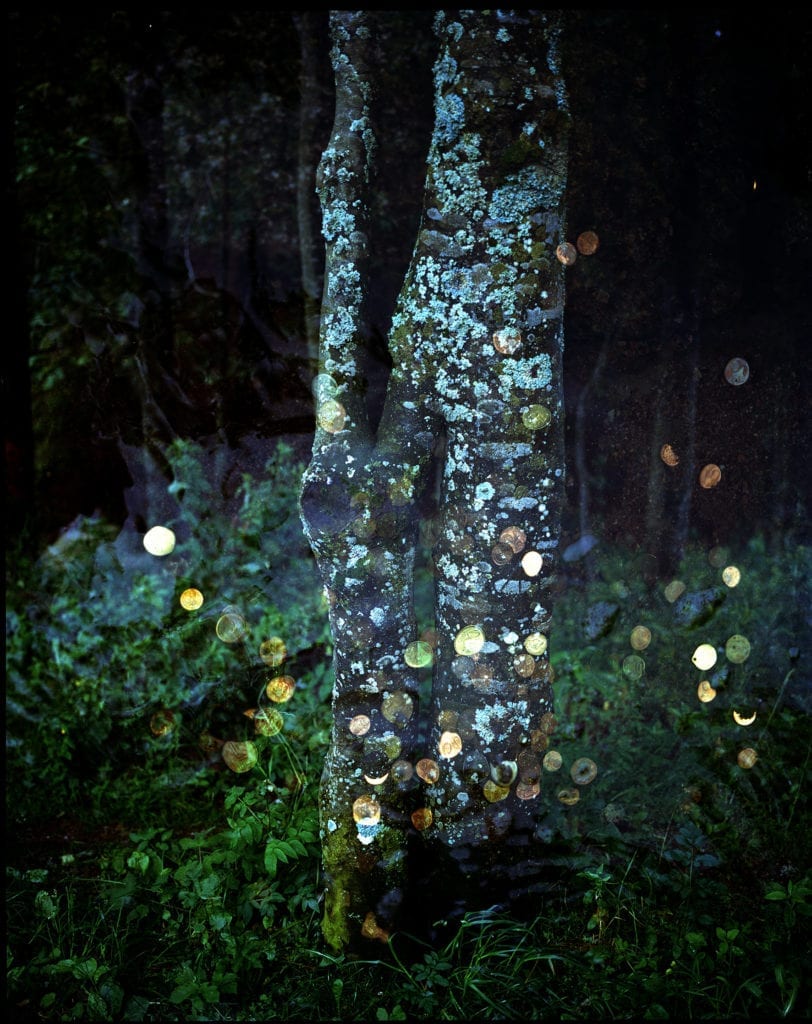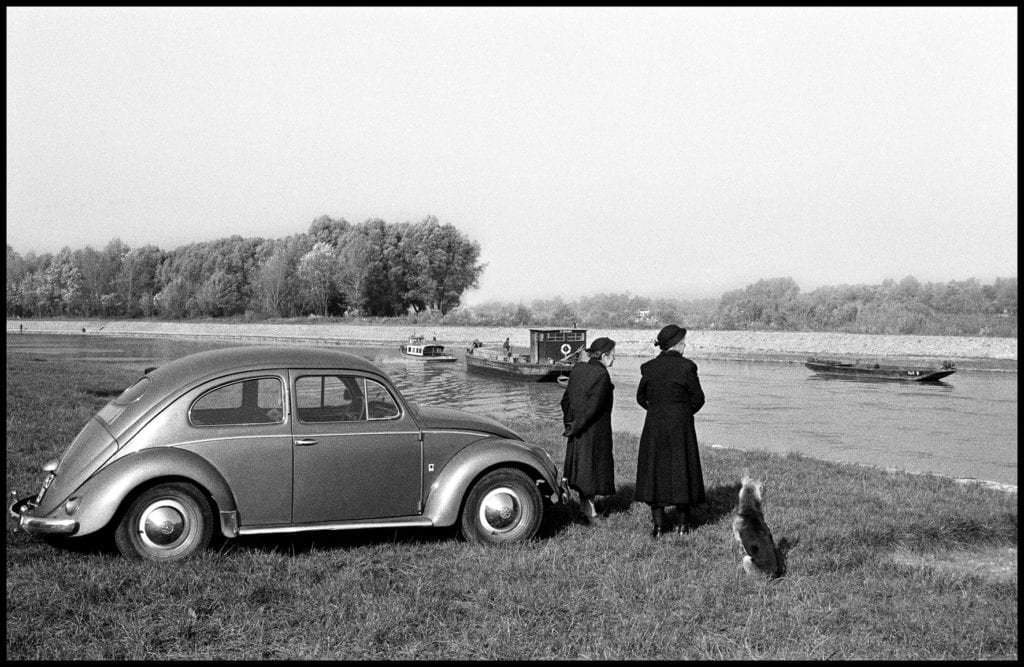During her life, she encouraged photographers to realise their photographic ambitions. In death, the former Magnum photographer’s legacy lives on in the Inge Morath Foundation, established in 2003 – a year after her death – to preserve her archive. Central to the foundation is the Inge Morath Award, a $5000 grant designed to help women photographers under the age of 30 finish a long-term documentary project.
“When Inge died, Larry Towell and a group of Magnum photographers created the award in her memory,” John Jacob, director at the foundation, told BJP in an article first published in our April 2014 ‘Women Only’ issue. “The Inge Morath Foundation co-administers the award, but it’s very much driven by the Magnum Foundation.”
Every year, Jacob and a jury of Magnum photographers name an overall winner and up to two finalists. Entrants submit between 40 and 60 images from an ongoing personal project. “Each year we look at 80 to 100 submissions and then select a number to present to the Magnum photographers at their AGM,” explains Jacob.
“There was hope the award would bring the work of women photographers to Magnum’s attention – photographers it might otherwise not be aware of. The award has helped women practitioners achieve a greater level of prominence; the most obvious example is Olivia Arthur, who started out as an Inge Morath Award winner and went on to become a member of Magnum.”

This year, Arthur will embark on a six-week roadtrip along the Danube with eight other Inge Morath Award winners, retracing the route the Austrian photographer once travelled from the south of Germany through countries including Austria, Hungary and Bulgaria.
During the trip, which is supported by the Magnum Foundation, they will show Morath’s photographs alongside their own new shots in a converted truck that will serve as a portable exhibition space. They also plan to run workshops for local women along the way.
“The idea behind Danube Revisited: The Inge Morath Truck Project is to take Inge’s work back to the area in which it was created, to make our own work, and to engage with women photographers we meet,” says Arthur, who won the award in 2007 for The Middle Distance, a project that looks at cultural differences between women who live on the border between Europe and Asia.
“I met three other winners during a group exhibition at Photohof in Salzburg two years ago – Lurdes R Basoli, Claire Martin and Emily Schiffer,” she continues. “We talked about doing a roadtrip together and discovered that Inge had made a trip along the Danube.
“After much discussion we decided to embark on a trip of our own, with as many of the other winners as possible. We’re all roughly the same age and have a good energy, so it was a case of, ‘Let’s take this energy and do something with it’. The project is about engaging people and bringing them together.”

On the project’s website [www.danuberevisited.com], the collective writes that each photographer will bring “a unique personal vision and a common appreciation for the challenges facing women photographers today”.
Morath knew something of the difficulties of working in an industry largely dominated by men. Along with Eve Arnold, she was one of only two female members at Magnum in the 1950s and was often given fashion and beauty shoots, or assignments with more ‘feminine’ stories– the Duchess of Marlborough and Lola de Vilato (the sister of Pablo Picasso), and one titled American Girls in Paris.
Arthur says some of the same issues remain, but argues that the extent to which it impedes depends on the kind of work you envisage doing. “For my work, being a woman has been helpful,” she explains.
“You gain a kind of access that is not necessarily available to men – people let down their guard. Of course there is some pigeonholing, and you tend to get asked to do certain obvious stories about women and children, but I personally wouldn’t complain because, if anything, I’ve pigeonholed myself.
“If I were shooting in conflict zones and editors called me up to cover stories about women and children, then maybe I’d get annoyed, but I know what my work is about.”

Arthur was an emerging photographer when she won the award and says it was invaluable in terms of confidence and financial support. “I had just moved to London after finishing my residency at Fabrica in Italy, and I was unestablished,” she says.
“Winning the award was a big step. A year later I applied to Magnum and was accepted as a nominee [in 2008].”
Jessica Dimmock, who won the Inge Morath Award in 2006, is also taking part in the road trip. Like Arthur, she has only praise for the prize.
“Winning the award was a big show of support for my first project, The Ninth Floor [which documents heroin users living in a former millionaire’s apartment in New York]. It was great to be able to say:‘I’m an Inge Morath Award winner’.”
The VII Photo member believes that, overall, the situation for female photojournalists and documentary photographers is positive, although some entrenched attitudes do remain. “It’s tough, but some women have proved that if you are determined, you will get the work,” she says
“A more subtle and hard-to-reach issue concerns war stories, which have a very privileged place in our media – and rightly so as they’re incredibly important, but they’re not the only important stories.
“One of the ways that a young photojournalist makes their mark is to go to war, and it’s often young males who do this – not always, but often,” she continues. “Very important images are coming out of these places, but I sometimes feel it’s hard to get the message about other types of stories through.
“The Inge Morath Award provides an opportunity to get to the same level, and reach the same audience, by highlighting the importance of those other stories. Ultimately, you have to find the kind of image-maker you are. It takes time to find your photographic voice.”
Danube Revisited: The Inge Morath Truck Project is on show at Fotografie Forum Frankfurt until 28 May. www.fffrankfurt.org www.ingemorath.org magnumfoundation.org danuberevisited.com This article was first published in the April 2014 issue of BJP, an-all female edition of the magazine. It can be bought from www.thebjpshop.com


